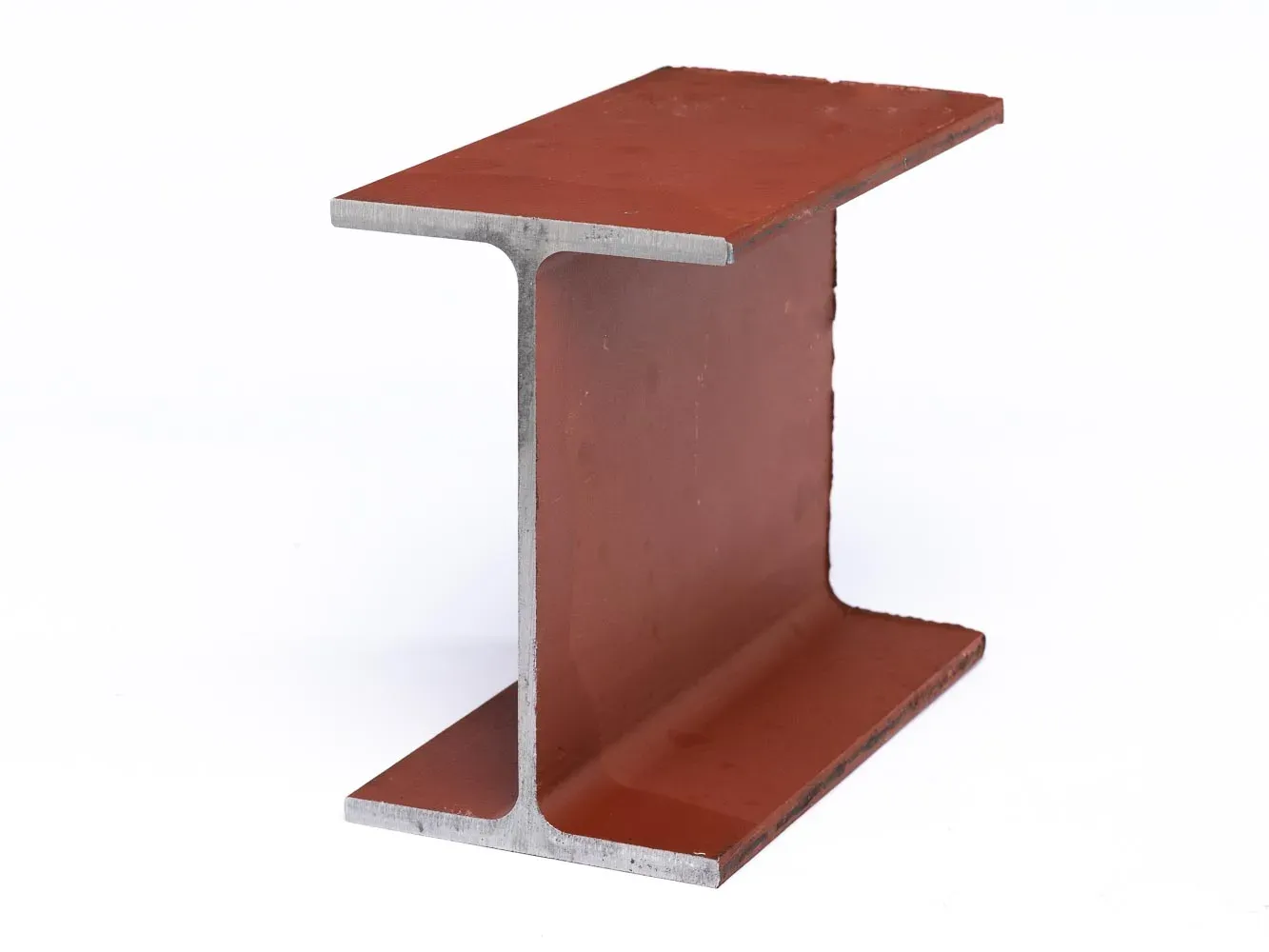Universal Beam Sizes & Uses
There arguably no steel beams more widely used, durable, and stable than the universal beam. Also popularly known as I-beams, they are used in a number of commercial, industrial, and residential projects every day around the world.
![What are universal beams?
Universal beams are lengths of structural steel that have a cross section which resembles the letters “I” or “H.” The shape of their cross section is the reason why they are also known as I-beams or H-beams. They are also known as wide beams and rolled steel joists (RSJ).
These beams offer many different advantages, such as:
Various dimensions: Universal beams are available in a wide range of lengths, breadths, widths, and weights, as well as with a variety of flange widths, section depths, and web thicknesses.
Bear high loads: The beams’ design means they bend rather than buckle when placed under high stress. They are strong enough to withstand the gargantuan loads of structures. In fact, their strength can help reduce the need for a large number of additional support structures, potentially saving time and money.
Even weight distribution: Universal beams are designed to handle uniform loads across their length. The maximum deflection falls on the beam’s centre, increasing tension on either side of the beam. As the weight is applied to the flange, the mass is distributed evenly, meaning less stress passes through the web.
Helpful in custom steel fabrication: Universal or I-beams can be used easily during custom steel fabrication and welding processes, no matter the type of construction.
Recyclable and cost-effective: Steel universal beams can be recycled many times without compromising the strength of the steel, which can help to save on energy, materials, production expenses, and time.]()
What are universal beams?
Universal beams are lengths of structural steel that have a cross section which resembles the letters “I” or “H.” The shape of their cross section is the reason why they are also known as I-beams or H-beams. They are also known as wide beams and rolled steel joists (RSJ).
These beams offer many different advantages, such as:
- Various dimensions: Universal beams are available in a wide range of lengths, breadths, widths, and weights, as well as with a variety of flange widths, section depths, and web thicknesses.
- Bear high loads: The beams’ design means they bend rather than buckle when placed under high stress. They are strong enough to withstand the gargantuan loads of structures. In fact, their strength can help reduce the need for a large number of additional support structures, potentially saving time and money.
- Even weight distribution: Universal beams are designed to handle uniform loads across their length. The maximum deflection falls on the beam’s centre, increasing tension on either side of the beam. As the weight is applied to the flange, the mass is distributed evenly, meaning less stress passes through the web.
- Helpful in custom steel fabrication: Universal or I-beams can be used easily during custom steel fabrication and welding processes, no matter the type of construction.
- Recyclable and cost-effective: Steel universal beams can be recycled many times without compromising the strength of the steel, which can help to save on energy, materials, production expenses, and time.






